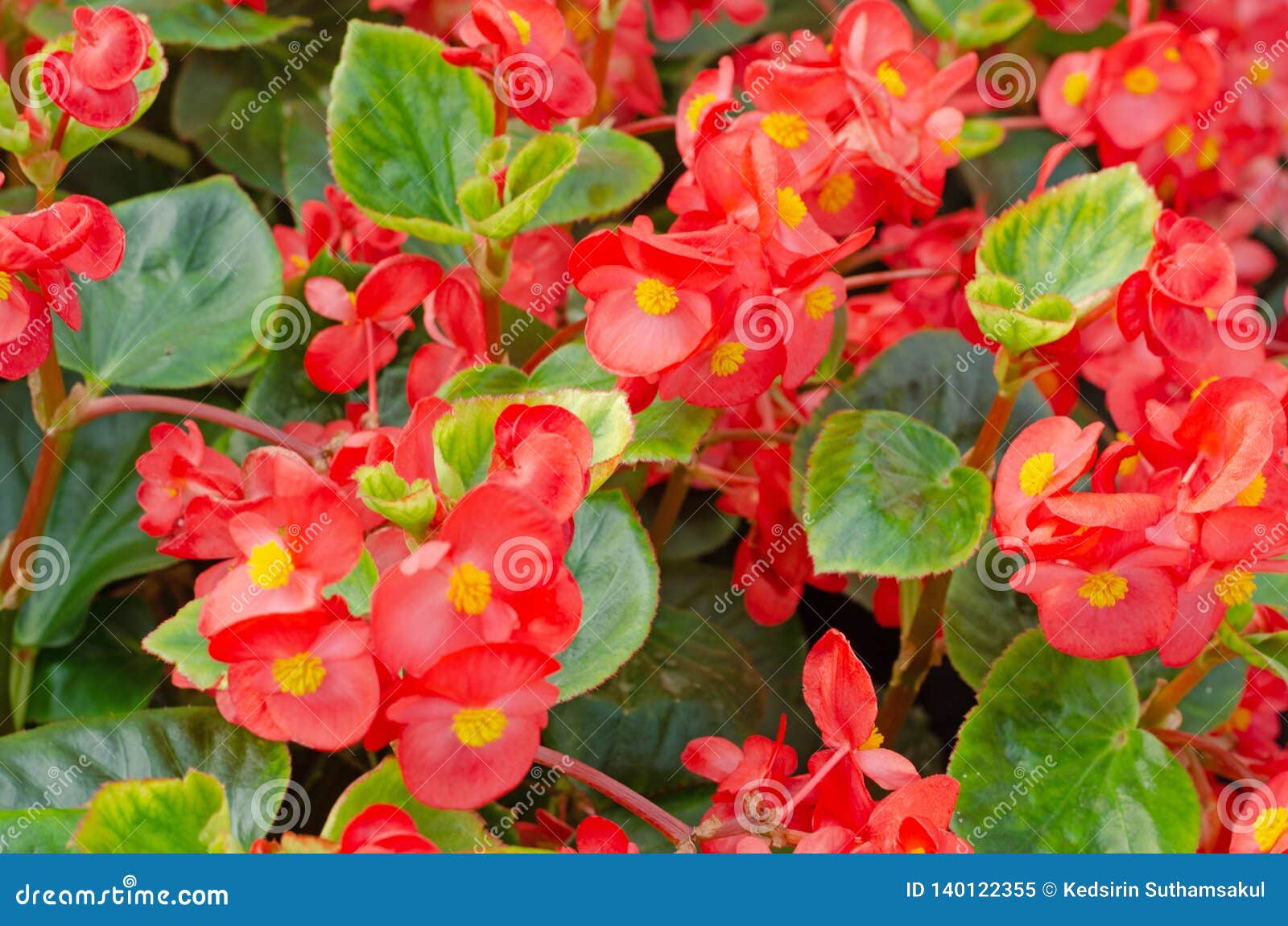
Tuberous begonias are known for their large, showy flowers that come in a wide range of colors and forms. The new plant will eventually grow from the veins of the leaf. To propagate from a leaf cutting, carefully remove a healthy leaf, and press it gently into moist soil. Propagation is typically done by dividing the rhizomes or through leaf cuttings.

This type of begonia thrives in bright, indirect light, and well-drained soil with high humidity. They are primarily grown for their attractive foliage rather than their flowers, which tend to be small and inconspicuous. The leaves of these begonias are large and often ornamental, with intricate patterns and colors. Rhizomatous begonias have thick, fleshy rhizomes (underground stems) from which their leaves and flowers emerge. Fibrous-rooted begonias can be easily propagated through stem cuttings, where a healthy stem with a few nodes is cut and inserted in damp soil without the need for rooting hormone.
WAX BEGONIA USES FULL
They prefer well-draining soil and partial shade to full sunlight. These begonias have fibrous root systems, which enable them to absorb water and nutrients efficiently. Some well-known varieties in this category are the Wax Begonias, Angel Wing Begonias, and Dragon Wing Begonias. They have a bushy, compact growth habit and produce a profusion of flowers in various colors, including red, pink, and white. Fibrous-Rooted Begoniasįibrous-rooted begonias are one of the most common types, often found in gardens and containers as bedding plants. They belong to the Begonia genus and come in different varieties, which can be broadly classified into three main types: Fibrous-Rooted Begonias, Rhizomatous Begonias, and Tuberous Begonias. Wax begonias are popular plants for both indoor and outdoor gardening due to their vibrant colors and low maintenance requirements. By following some simple guidelines and providing the right conditions, you can easily multiply your wax begonia collection and expand your garden. This technique is particularly useful for begonia varieties that are more challenging to propagate through stem cuttings. This method involves taking a healthy leaf from the parent plant, cutting it into wedges, and planting them in a moist growing medium. This technique can be used in the warmer months when begonias are actively growing, ensuring an increased chance of successful propagation.Īdditionally, leaf cuttings can also be employed to propagate wax begonias. Stem cuttings involve removing a portion of the mother plant and planting it in a suitable growing medium, allowing it to develop roots and establish its growth.

One of the most common methods to propagate wax begonias is through stem cuttings. In this article, we will discuss proven methods to propagate wax begonias, so you can enjoy these versatile plants in various parts of your indoor or outdoor space. Wax begonias, known for their vibrant and diverse colors, are low-maintenance and highly adaptable, making them a perfect choice for gardeners of any skill level. Propagating wax begonias is a rewarding and simple way to multiply these popular flowering plants for your home or garden.


 0 kommentar(er)
0 kommentar(er)
